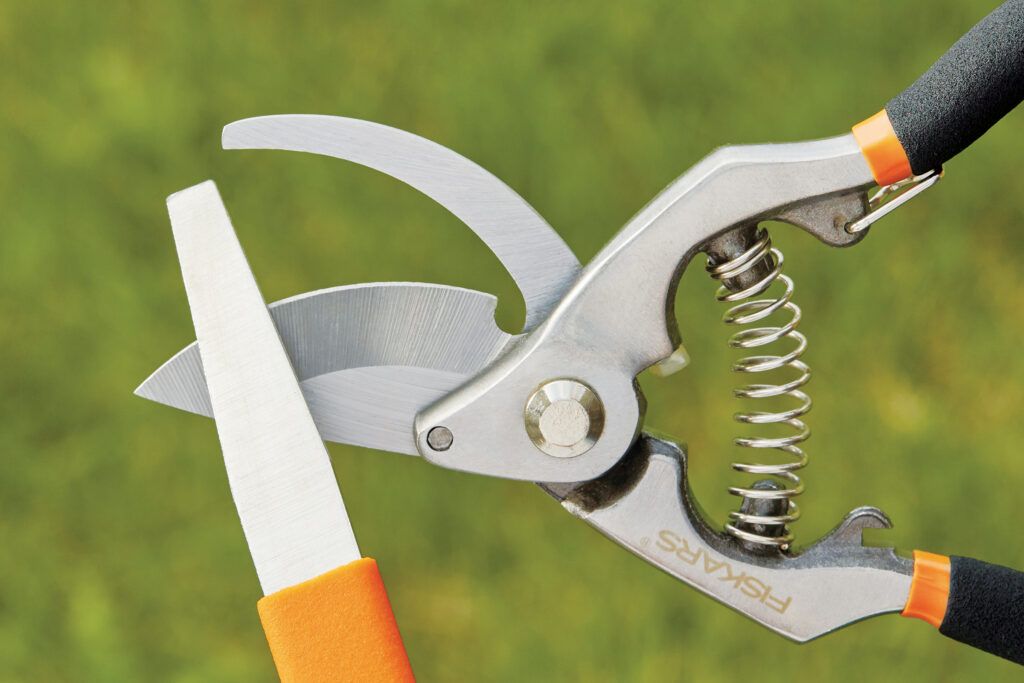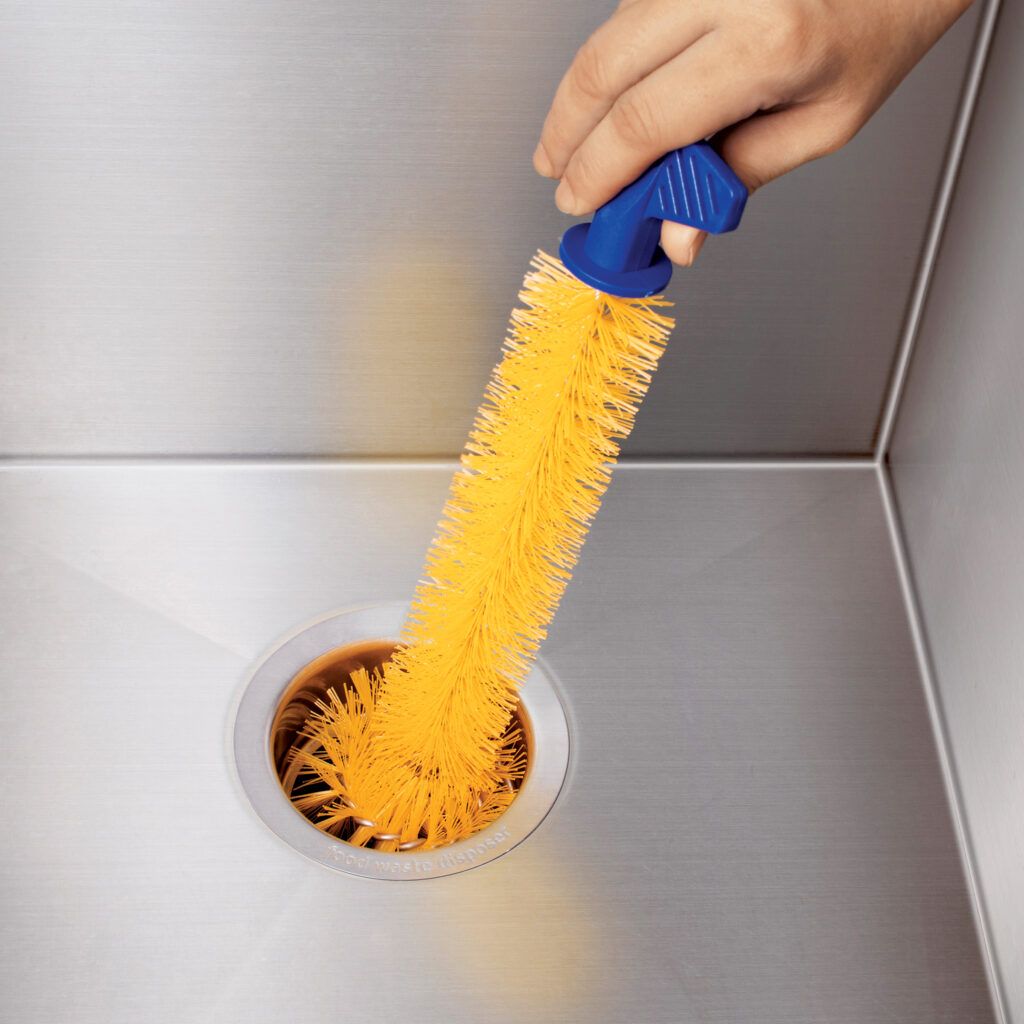As winter fades and spring blooms, it’s time to revitalize your home and lawn. Our comprehensive guide offers essential tips for maintaining and enhancing your property during the spring season. From rejuvenating your lawn to sprucing up outdoor living spaces, we’ll cover everything you need to know to create a beautiful and welcoming environment.
Revitalizing Your Lawn After Winter
Spring is the perfect time to breathe new life into your lawn. After months of dormancy, your grass needs attention to thrive in the warmer months ahead. Here’s how to assess and rejuvenate your lawn for a lush, green landscape.
How To Assess Your Lawn’s Health
Before you start lawn care, examine your grass closely to determine its needs. Walk your property, looking for bare patches, areas of discoloration, or signs of disease. Check for thatch buildup, which can prevent air, water, and nutrients from reaching the soil. If the thatch layer is more than 1/2-inch thick, it’s time to take action.
Steps To Rejuvenate Your Grass
To revive your lawn, follow these steps:
- Rake thoroughly to remove dead grass and loosen thatch.
- For excessive thatch, use a manual thatch rake or rent a mechanical dethatcher.
- Aerate the lawn with a garden fork or mechanical core aerator to improve soil drainage and oxygen flow.
- Overseed bare or thin areas using a broadcast spreader with appropriate grass seed for your region.
- Apply a starter fertilizer high in phosphorus to promote germination and root development.
- Water the lawn thoroughly and consistently to support new growth.
Proper Spring Fertilization Techniques
Fertilizing your lawn in spring provides essential nutrients for healthy growth. Choose a fertilizer with a balanced ratio of nitrogen, phosphorus, and potassium. Apply the fertilizer evenly using a spreader, following the manufacturer’s instructions for application rates. Water the lawn after fertilizing to help nutrients penetrate the soil.
Spring Pruning and Garden Care
Proper pruning and garden care are important for maintaining healthy plants and promoting new growth. This section covers how to prepare your tools and care for various garden plants.
Cleaning and Sharpening Your Pruning Tools
Clean, sharp pruning tools are necessary for making clean cuts that promote plant health. To renew your pruners, follow these steps:
- Clean the blades with diluted dish soap and a nylon pad. Use a light alcohol solution for stubborn sap.
- Remove rust using a damp rag and a mild abrasive, such as Bar Keepers Friend. Rinse and dry thoroughly.
- Sharpen the blade with a file, placing it flat against the edge’s bevel and running it from the inside edge to the tip. Repeat until you have a clean, nick-free edge.
- Finish by applying a thin coat of 3-in-1 oil to the blade.

Pruning Techniques for Different Plants
Different plants require specific pruning techniques. Here are some general guidelines:
- Deciduous trees and shrubs: Prune in late winter or early spring before new growth begins.
- Spring-flowering shrubs: Prune immediately after flowering to avoid removing next year’s buds.
- Summer-flowering shrubs: Prune in early spring before new growth starts.
- Evergreens: Prune in late winter or early spring before new growth begins.
Always remove dead, damaged, or diseased branches first. Make clean cuts at a 45-degree angle just above a bud or branch collar.
Preparing Garden Beds for Spring Planting
To prepare your garden beds for spring planting:
- Clear out debris and dead plant material.
- Test soil pH and amend as necessary.
- Add compost or well-rotted manure to improve soil structure and fertility.
- Turn the soil to a depth of 8–12 inches, breaking up clumps.
- Rake the surface smooth and level.
- Plan your garden layout before planting.
Outdoor Living Spaces: Maintenance and Upgrades
Spring is the perfect time to refresh your outdoor living spaces. From decks to patios, here’s how to prepare these areas for the season ahead.
Refreshing Your Deck for the Season
A clean, well-maintained deck enhances your outdoor living experience. To refresh your deck:
- Clean off debris and inspect the finish.
- For stained boards, use a deck stripper. For sealed decks, use a deck cleaner.
- Protect surrounding plants with plastic sheeting before cleaning.
- Apply the cleaner or stripper, scrub with a stiff nylon brush, and rinse thoroughly.
- Allow the deck to dry for a few days before restaining or sealing.
Cleaning and Maintaining Patio Furniture
To prepare your patio furniture for spring use:
- Remove dust and cobwebs with a soft brush or vacuum.
- Clean plastic, metal, or wicker furniture with a mild soap solution and rinse well.
- For wooden furniture, use a wood cleaner and protectant.
- Check for loose screws or bolts and tighten as needed.
- Apply a fresh coat of paint or sealant if necessary.
Sprucing Up Outdoor Lighting
Good outdoor lighting enhances safety and ambiance. To spruce up your outdoor lighting:
- Clean light fixtures and replace any burnt-out bulbs.
- Check wiring for signs of wear or damage.
- Adjust light positioning to illuminate key areas.
- Consider adding new lighting features, such as solar-powered path lights or string lights for ambiance.
Indoor Spring Maintenance Tasks
While focusing on outdoor tasks, don’t neglect the inside of your home. These indoor maintenance tasks will ensure your home is fresh and efficient for the season ahead.
Deep Cleaning Your Kitchen Appliances
Give your kitchen appliances a thorough cleaning:
- Clean your refrigerator’s coils and check door seals.
- Run your dishwasher empty with vinegar to remove buildup.
- Clean your oven, including the racks and drip pans.
- Deodorize your garbage disposal using baking soda and vinegar or ice and salt.

Freshening Up Your HVAC System
Prepare your HVAC system for the warmer months:
- Replace air filters.
- Clean air vents and returns.
- Schedule a professional inspection and tune-up.
- Consider upgrading to a programmable thermostat for energy efficiency.
Checking for Winter Damage Inside Your Home
Inspect your home’s interior for any damage caused by winter weather:
- Look for signs of water damage on ceilings and walls.
- Check windows and doors for drafts or damage to weatherstripping.
- Inspect basement walls for cracks or signs of moisture.
- Test smoke and carbon monoxide detectors, replacing batteries as needed.
Spring Cleaning for Your Home’s Exterior
Spring is an ideal time to give your home’s exterior a thorough cleaning. This section covers essential tasks to maintain and protect your home’s outer surfaces.
Power Washing Siding and Walkways
Power washing can dramatically improve your home’s appearance. Follow these steps:
- Choose the appropriate nozzle and pressure setting for your surface.
- Start from the top and work your way down, overlapping strokes slightly.
- Keep the nozzle moving to avoid damaging the surface.
- Pay extra attention to areas prone to mold or mildew growth.
Cleaning and Repairing Gutters
Properly functioning gutters help protect your home from water damage. To maintain your gutters:
- Remove debris by hand or with a gutter scoop.
- Flush the gutters with water to check for proper drainage.
- Repair any leaks or loose sections.
- Consider installing gutter guards to reduce future maintenance.
Inspecting and Maintaining the Roof
A well-maintained roof protects your entire home. Perform these tasks:
- Visually inspect the roof for damaged or missing shingles.
- Check for signs of water damage or leaks in the attic.
- Clear debris from valleys and around chimneys.
- Trim overhanging tree branches to prevent damage.
Enhancing Your Home’s Curb Appeal
Boost your home’s curb appeal with these simple yet effective improvements.
Adding Colorful Spring Flowers
to introduce vibrant colors to your landscape, choose a mix of annuals and perennials suitable for your climate. Plant flowers in beds, borders, or containers for instant impact, and consider hanging baskets or window boxes for vertical interest.

Updating Your Front Door and Entryway
You can create a welcoming entrance by cleaning or repainting your front door and updating hardware such as doorknobs and house numbers. Consider adding a new welcome mat and potted plants, and bring it all together by ensuring there’s proper lighting for safety and aesthetics.
Creating an Inviting Outdoor Seating Area
A comfortable space for outdoor relaxation will help you make the most of the warmer months. To create your own oasis, arrange weather-resistant furniture in a conversational layout, adding outdoor pillows and throws for comfort and style. Consider adding an outdoor rug to define the space. and incorporating shade with an umbrella or pergola.
Our Conclusion
Spring home and lawn maintenance is essential for creating a beautiful, welcoming property. By following these tips, you’ll not only enhance your home’s appearance but also protect your investment and create an inviting outdoor living space.
